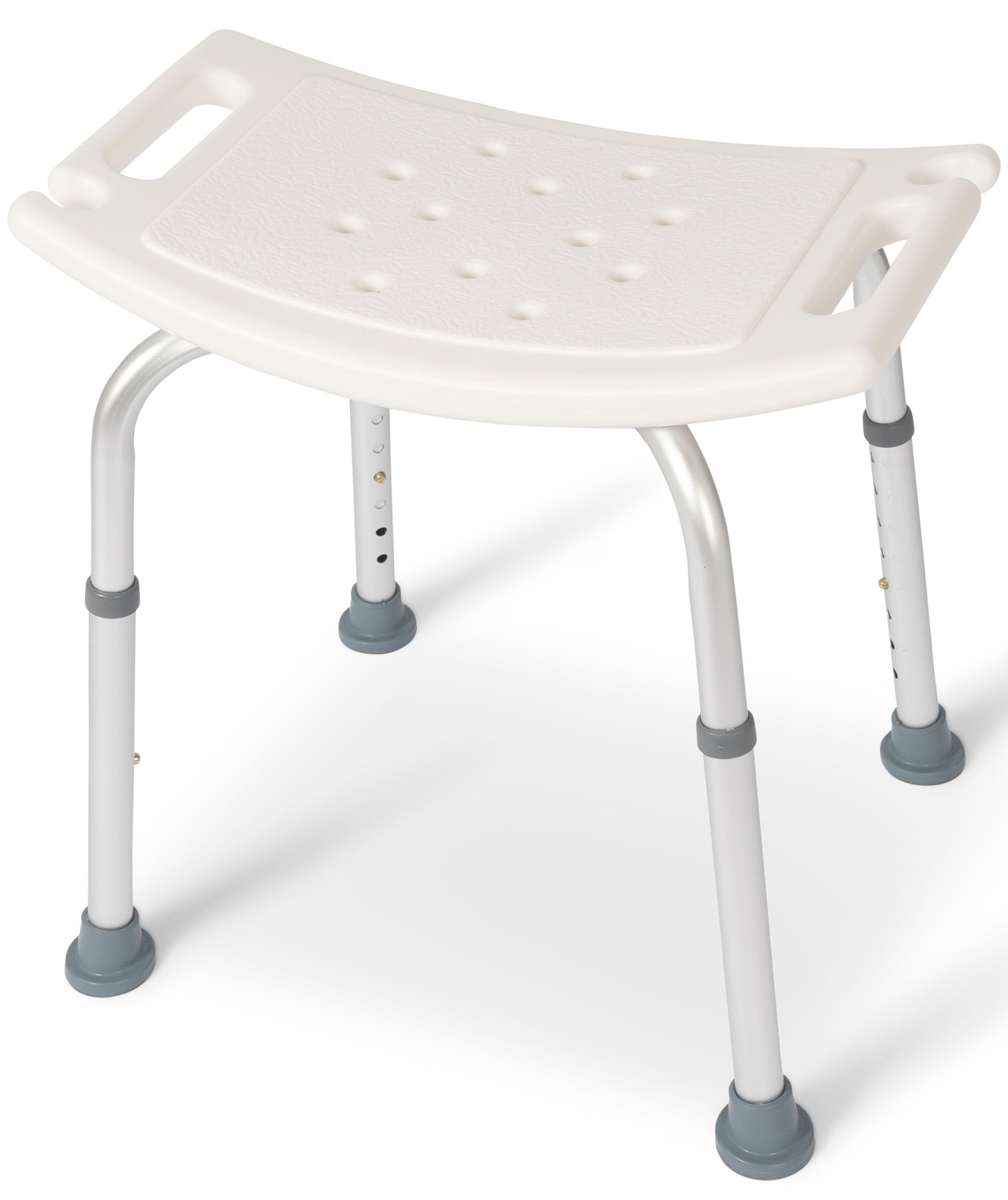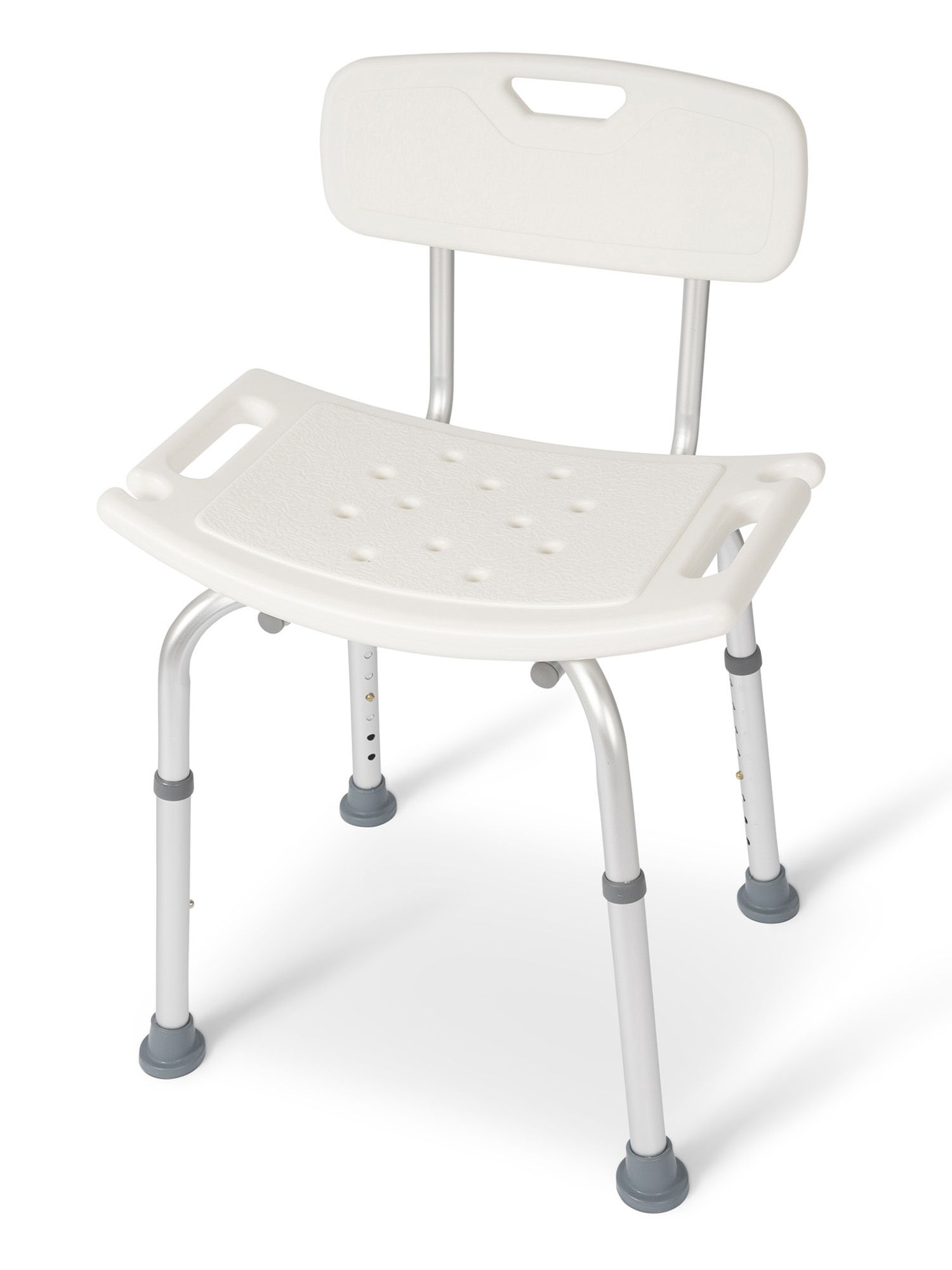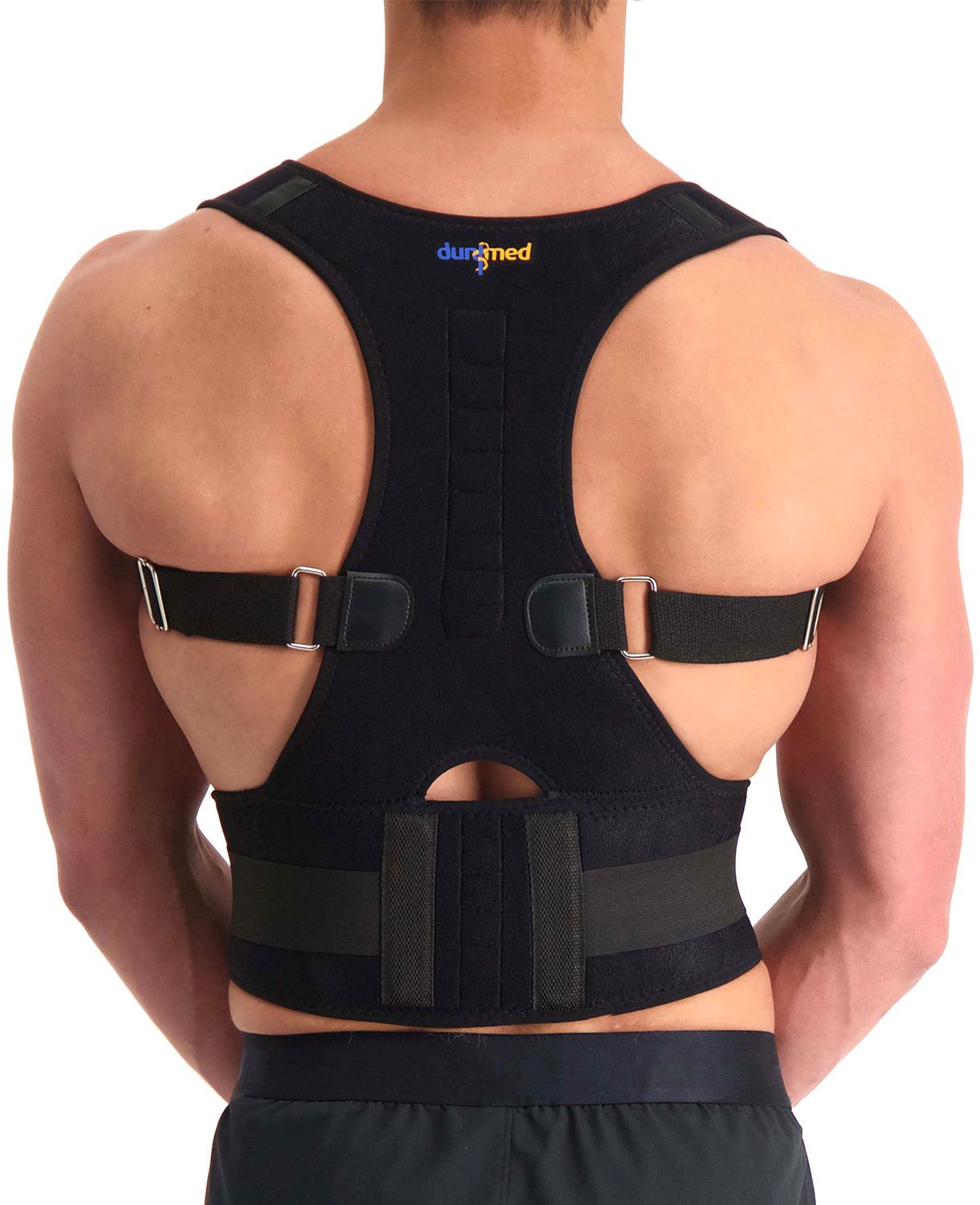Working ergonomically is important for every person. Wherever you work or whatever work you do, it is essential to do it in the right way to avoid complaints, injuries and pain. But the importance and guidelines for ergonomic working vary from one sector to another. In several blogs, we would like to explain to you what is important for which sector. We start this series with healthcare.
The importance of ergonomics in healthcare
Ergonomics is crucial in the healthcare sector because of the nature of the work performed. Healthcare workers often spend long hours in an environment where they perform physically demanding tasks, such as lifting, moving and caring for patients. These factors can lead to a wide range of physical complaints, such as back and neck pain, carpal tunnel syndrome, tendinitis and bursitis. If these complaints are not addressed, they can lead to reduced performance, long-term absence and even disability. Moreover, poor ergonomics can also affect the quality of care, as discomfort and pain when performing tasks can lead to reduced accuracy and less effective treatments.

Risks of poor ergonomics for care workers
Working for long hours in an unhealthy working position can lead to muscle strain. The result is reduced blood flow. This, in turn, can lead to tendon and muscle complaints after a while. Poor ergonomics can pose a serious risk to the health and well-being of healthcare workers. It can lead to physical problems such as back pain, neck pain, shoulder pain and RSI-related disorders. In the long term, these complaints can lead to chronic pain and limitations in performing daily tasks. In addition, poor ergonomics can lead to fatigue and impaired concentration, which can affect the performance of care workers and increase the risk of accidents and errors. It is therefore crucial that healthcare facilities ensure that their employees have an ergonomically sound working environment to minimize these risks.
Impact of ergonomics on quality of care
Ergonomics plays an important role in improving the quality of healthcare. By providing an ergonomic working environment, healthcare workers can work more safely and healthily, leading to fewer work-related complaints and lower absenteeism. This in turn ensures that care workers can concentrate better on their work and are less likely to get tired, thus improving the quality of care. Moreover, ergonomic aids can support care workers in performing their tasks, improving the accuracy and efficiency of care. Thus, applying ergonomics in the healthcare sector can contribute to a better quality of care for patients and a better working environment for healthcare workers.
Ergonomic aids for the healthcare sector
Various ergonomic aids are available in the care sector to reduce the strain on employees and ensure that they can perform their work in a healthy and safe manner. For example, there are hoists that make moving patients much easier and reduce the strain on back and joints. In addition to patient lifts, there are a number of handy ergonomic aids. We list them for you below:
- Adjustable shower chair
- Electrically adjustable bed
- Slide mats
- Support sleeves

Practical tips for ergonomic working in the healthcare sector
In addition to various ergonomic aids, there are also a number of practical tips you can follow to reduce strain on the body. We list them for you below:
- Pay attention to your posture
- Make use of gravity
- Do not take over actions from a client while he or she can still do it themselves
- Look carefully at what aids you use and regularly evaluate whether they are still the right ones
- Proper handling of aids is also critical

Dunimed Shower Chair - In Height Adjustable

Dunimed Shower Chair with Backrest - In Height Adjustable

Dunimed Premium Posture Corrector (ventilating)




